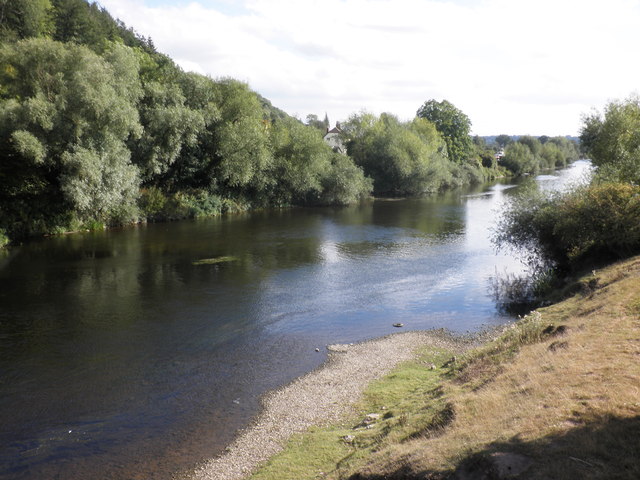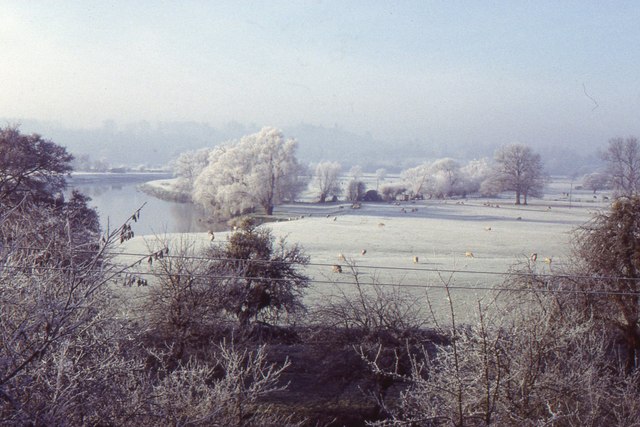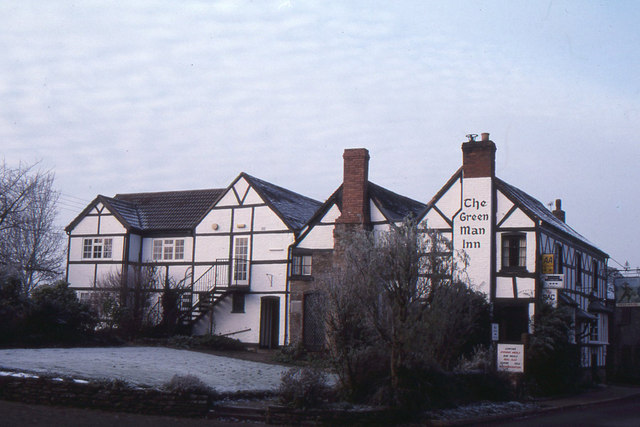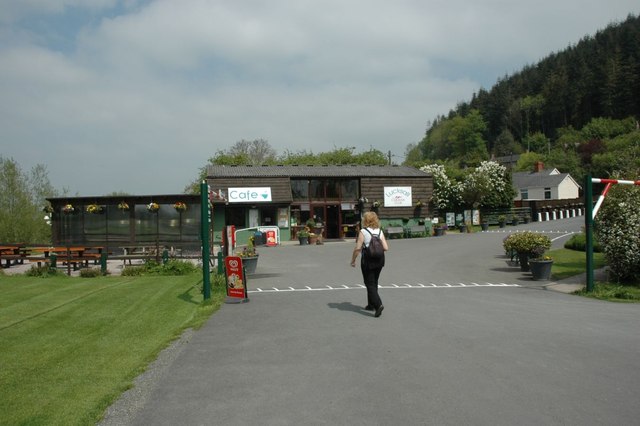Fownhope Park
Wood, Forest in Herefordshire
England
Fownhope Park
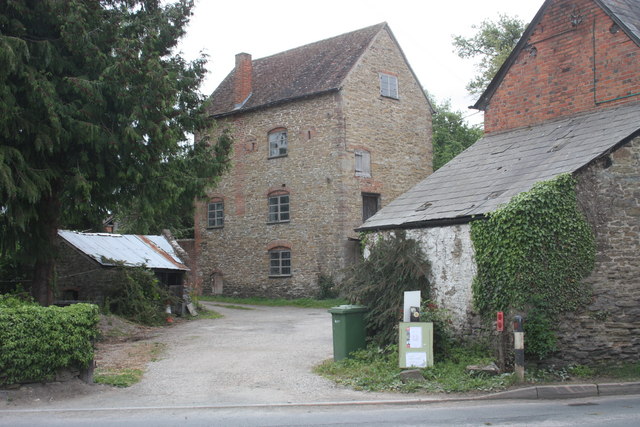
Fownhope Park is a picturesque woodland area located in the county of Herefordshire, England. Situated near the village of Fownhope, this park covers a vast area of lush greenery and is renowned for its serene beauty and diverse wildlife.
The park is predominantly covered by dense forests, making it an ideal destination for nature enthusiasts and hikers. The woodlands consist of a variety of tree species, including oak, beech, and birch, creating a rich and vibrant ecosystem. These trees provide a sheltered habitat for numerous animal species, such as deer, foxes, badgers, and a wide array of bird species.
Fownhope Park offers a network of well-maintained walking trails, allowing visitors to explore the park's natural wonders at their own pace. These trails wind through the woodland, offering breathtaking views of the surrounding countryside and the River Wye, which borders the park.
In addition to its natural beauty, Fownhope Park also boasts several amenities for visitors. There are designated picnic areas, perfect for enjoying a leisurely lunch amidst the tranquil surroundings. The park also features a children's play area, making it an ideal destination for families.
Fownhope Park is open to the public throughout the year, and admission is free. It provides a serene escape from the hustle and bustle of everyday life, offering visitors a chance to connect with nature and enjoy the tranquility of this idyllic woodland retreat.
If you have any feedback on the listing, please let us know in the comments section below.
Fownhope Park Images
Images are sourced within 2km of 52.014784/-2.6192637 or Grid Reference SO5735. Thanks to Geograph Open Source API. All images are credited.

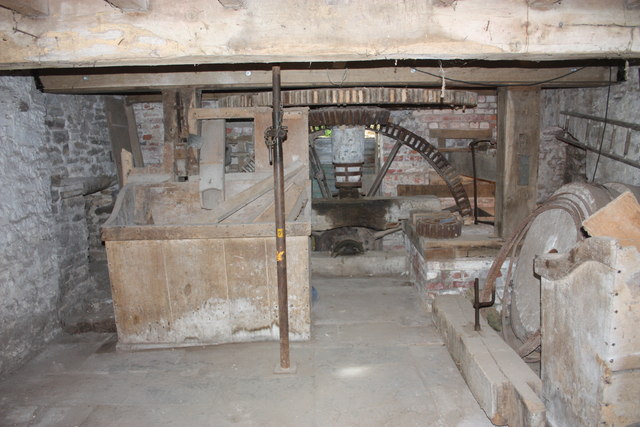


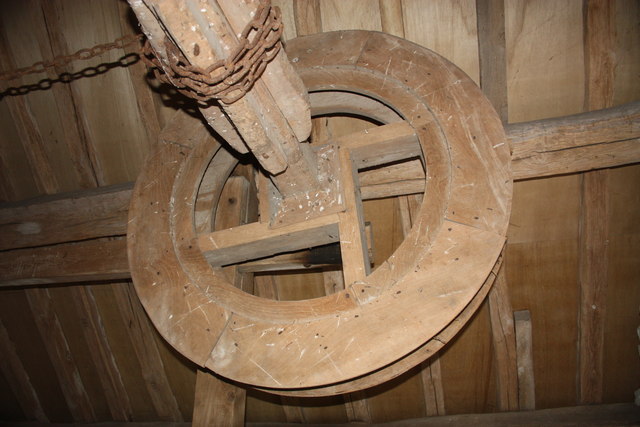
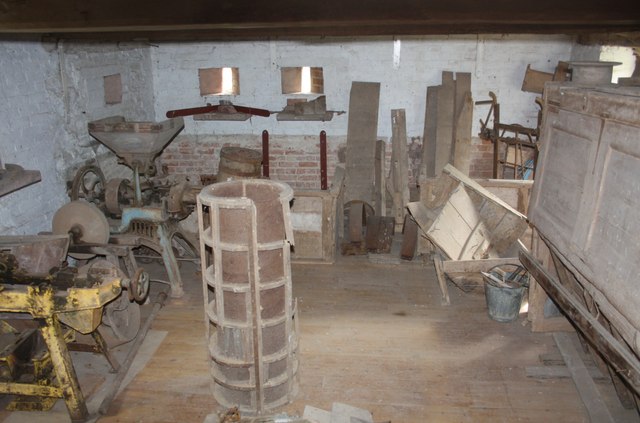
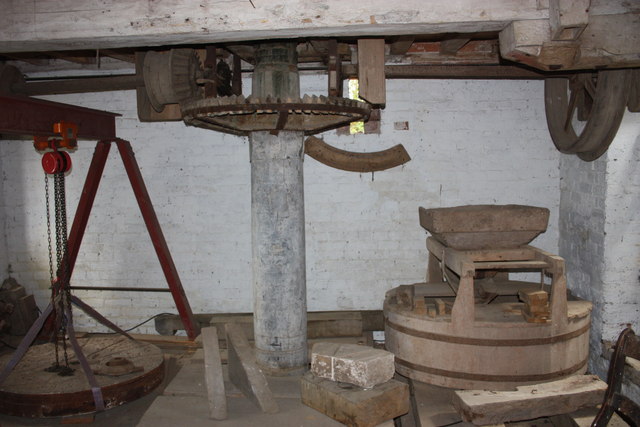

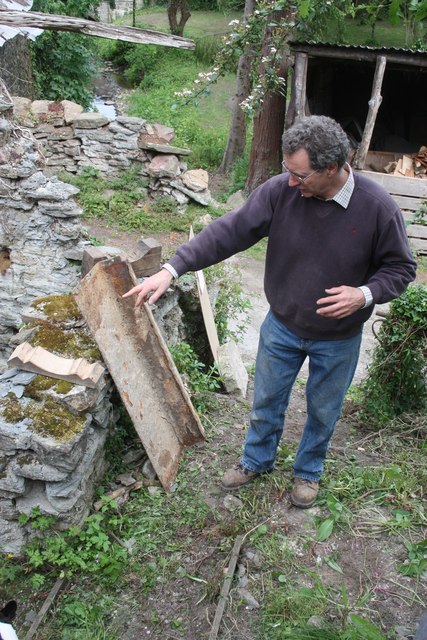
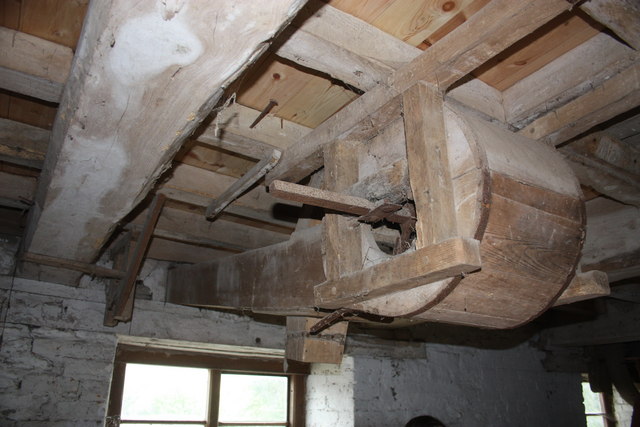
Fownhope Park is located at Grid Ref: SO5735 (Lat: 52.014784, Lng: -2.6192637)
Unitary Authority: County of Herefordshire
Police Authority: West Mercia
What 3 Words
///scribble.rocked.incorrect. Near Brockhampton, Herefordshire
Nearby Locations
Related Wikis
Fiddler's Green, Herefordshire
Fiddler's Green is a hamlet in the English county of Herefordshire. It is located near the River Wye on the B4224 road that connects Hereford and Ross...
St Cuthbert's Church, Holme Lacy
St Cuthbert's Church is a redundant Anglican church about 1 mile (1.6 km) to the southeast of the village of Holme Lacy, Herefordshire, England. It stands...
Holme Lacy
Holme Lacy is a village in the English county of Herefordshire. The population of the civil parish was 466 at the 2011 Census. == Category == It is a primarily...
River Lugg
The River Lugg (Welsh: Afon Llugwy) rises near Llangynllo in Radnorshire, Wales. It flows through the border town of Presteigne and then through Herefordshire...
Nearby Amenities
Located within 500m of 52.014784,-2.6192637Have you been to Fownhope Park?
Leave your review of Fownhope Park below (or comments, questions and feedback).

